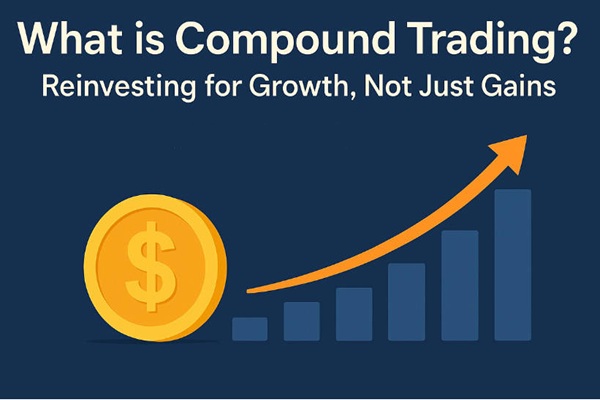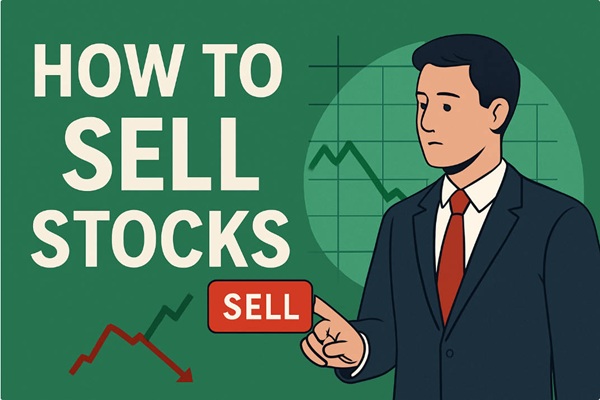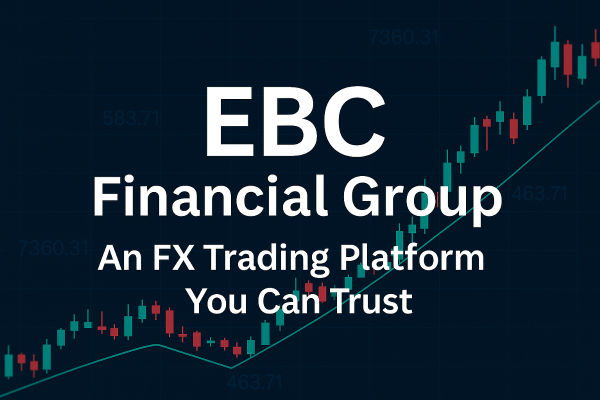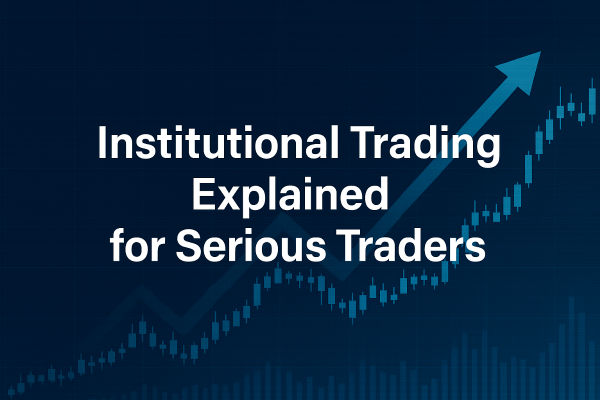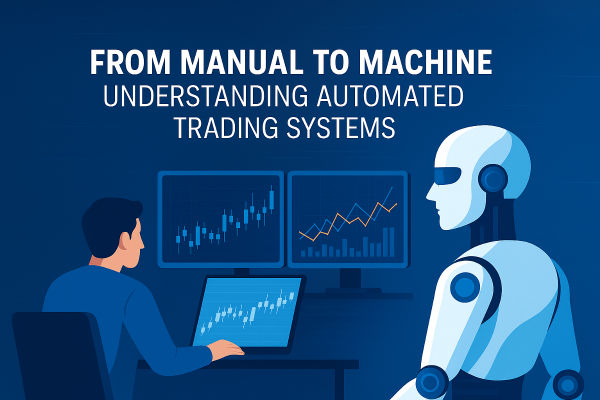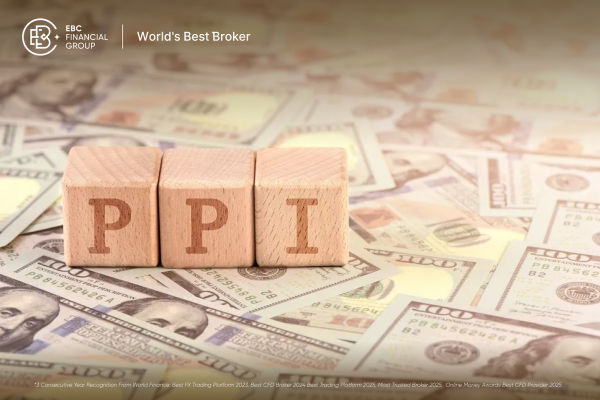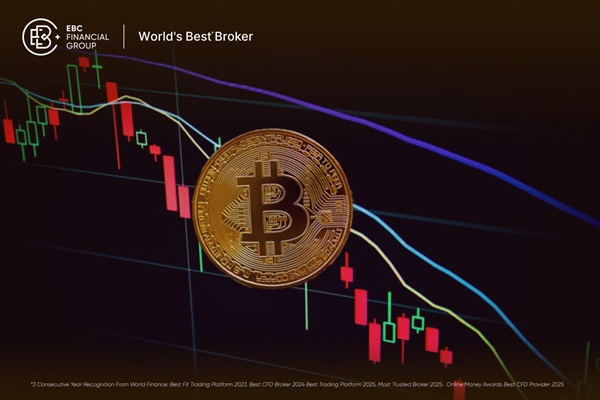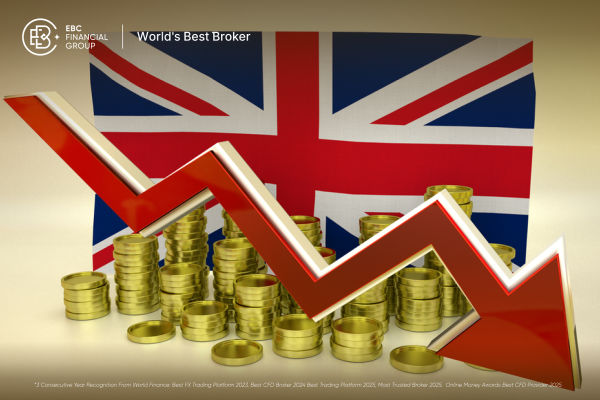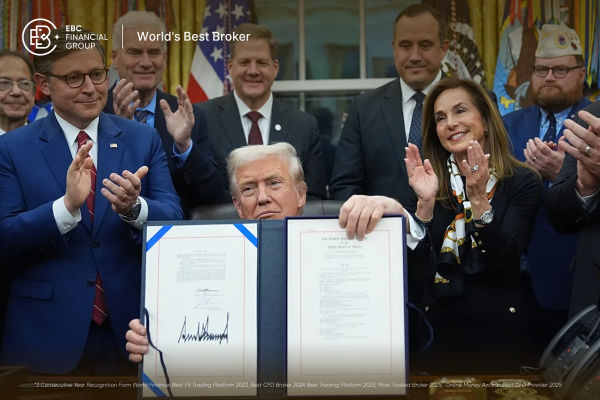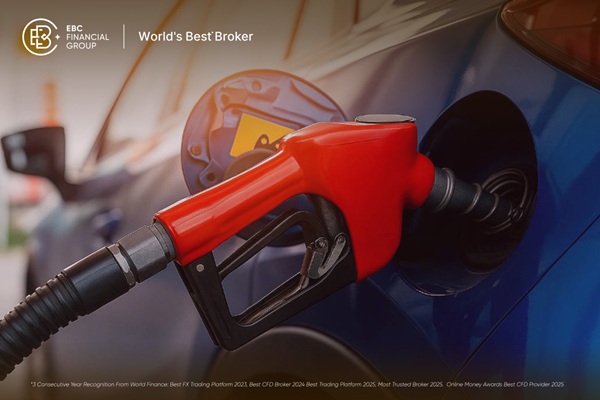Some traders focus on charts, some obsess over news, but every single trade, no matter how brilliant the idea, lives or dies by one invisible element: order execution. Imagine standing in a crowded marketplace. You see the price of fruit written clearly, hand over your money, but by the time the seller reaches the basket, the last apple is gone. You either get nothing or pay slightly more. That moment, between decision and delivery, is the essence of order execution in financial markets.
In modern trading, the same principle applies but at lightning speed. A click on your platform travels through servers, liquidity pools, and pricing engines before a confirmation pings back to your screen. Most days, it feels instant. But when volatility spikes, every fraction of a second matters. Understanding what happens in that sliver of time can make the difference between profit and loss.

What Is Order Execution?
At its simplest, order execution is the process of completing a buy or sell order in the market. Order execution acts as the invisible bridge between intent and result, turning “I want to buy EUR/USD at 1.0850” into an actual filled trade.
Execution covers several critical steps:
Order transmission, where the trader’s instructions are sent from their platform to the broker’s servers.
Order routing, where the broker sends the order to liquidity providers, exchanges, or internal matching engines.
Order matching and fill, where the trade is executed at the best available price.
Confirmation, which is sent back to the trader’s screen.
While it sounds linear, in practice order execution depends on technology, liquidity depth, market conditions, and even the time of day.
When Every Millisecond Matters: Stories of Order Execution
Imagine Sara, a retail forex trader in Kuala Lumpur, logging into her trading platform on a quiet Tuesday afternoon. She has been tracking EUR/USD for days, watching the pair trade in a narrow range with spreads as tight as 0.2 pips. At 3:15 p.m., she clicks “buy” with a market order for one standard lot. Within less than a second, her order transmits through her broker’s server in Singapore, routes into the global liquidity pool, and fills instantly at the exact price she saw on screen. Her confirmation shows no slippage, and she breathes easy. To Sara, the process felt invisible, almost effortless.
Fast forward to the next morning. It is 8:30 a.m. New York time, and U.S. inflation data is due. Markets are tense; spreads widen in anticipation. Another trader, David in London, sits ready. The moment the report hits, inflation prints hotter than expected, prices whip violently. David clicks “buy” on EUR/USD at 1.0870, but liquidity at that price evaporates within milliseconds. By the time his order hits the liquidity providers, only a fraction fills at the quoted level. The rest slips to 1.0874. His confirmation shows an average fill worse than expected. For David, the difference is not just academic. On a position worth $100,000, that four-pip slippage costs him $40 instantly.
Now consider Mei Lin, a swing trader in Hong Kong, who prefers using limit orders. She sets a buy limit on gold at $2,400, convinced that a pullback will create a solid entry point. While she is asleep, the market drops, touches her order, and bounces back within minutes. Because her limit order was waiting in the book, it executes exactly at $2,400, no worse, no better. The next morning she wakes up to see her trade live, filled without slippage, and in early profit. Unlike Sara’s instant market order or David’s risky news trade, Mei Lin demonstrates how order type, timing, and patience can determine outcomes just as much as speed.
These three snapshots, Sara’s smooth fill in calm conditions, David’s slippage under volatility, and Mei Lin’s precision with limit orders, show how order execution is never one-size-fits-all. The mechanics are the same, but the outcomes hinge on timing, liquidity, volatility, and the trader’s own choices.
The Role of Liquidity in Order Execution
Liquidity is the lifeblood of order execution. It represents how easily an asset can be bought or sold without significantly moving its price.
In highly liquid markets like EUR/USD, Apple stock, or S&P 500 futures, there are so many buyers and sellers that orders fill quickly and close to the quoted price. Spreads remain tight, sometimes as little as 0.1 pips or fractions of a cent. By contrast, in thinly traded assets, such as exotic currency pairs or small-cap stocks, a large order can push prices higher or lower simply by entering the market. Spreads widen, and traders risk partial fills or higher slippage.
What makes liquidity tricky is that it is not constant. It varies across the day and even within the same minute. For forex traders, liquidity peaks during the overlap between London and New York sessions, when the largest global players are active. During the Asian afternoon, liquidity is thinner, and orders can suffer more slippage. For stock traders, the opening and closing hours of exchanges often carry the most liquidity, while midday may be quieter.
Spreads and Slippage: The Silent Costs of Order Execution
Spreads are the most visible cost of trading, but they also act as a real-time signal of liquidity and order execution quality. Tight spreads show deep liquidity and efficient routing. When spreads widen, it often signals that liquidity providers are cautious, expecting volatility, or stepping back from the market.
Slippage, the difference between expected price and actual fill, is the hidden twin of spreads. It occurs most frequently during high volatility, low liquidity, or when orders are unusually large relative to market depth. While tiny amounts of slippage are normal, consistent or large slippage is a warning.
The Bank for International Settlements (BIS) notes that in calm forex conditions, average slippage for retail traders is around 0.2–0.5 pips. However, during high-impact events like U.S. Non-Farm Payrolls, central bank surprises, or geopolitical shocks, slippage can balloon to 5 pips or more. On commodities, the Chicago Mercantile Exchange (CME) has documented similar effects: oil contracts can move 20–30 cents per barrel in seconds around OPEC announcements.
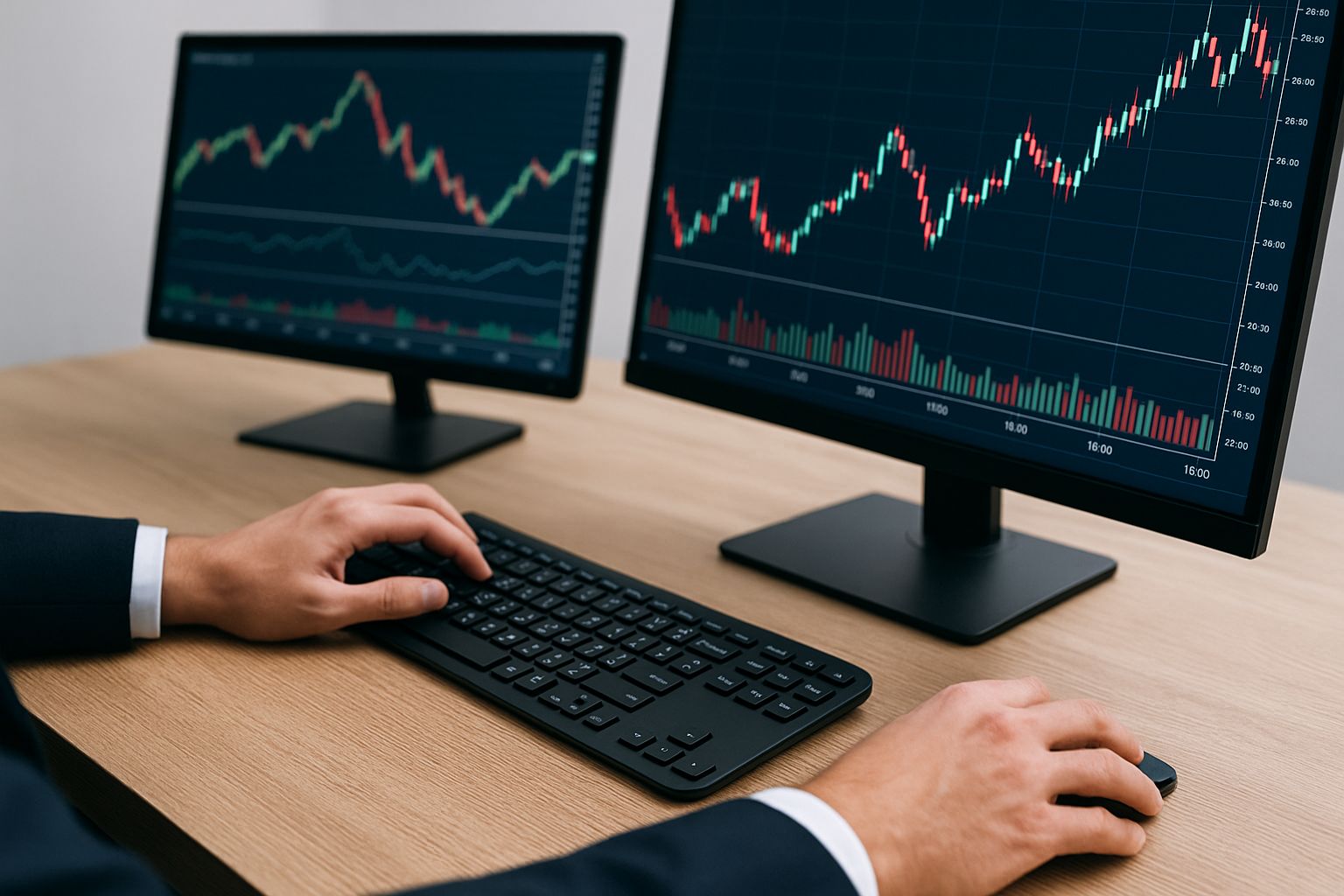
Latency and Technology in Order Execution
Latency, the delay between sending an order and receiving confirmation, is another critical factor in order execution. While often measured in milliseconds, those milliseconds matter.
Broker server location plays a major role. A broker with servers in London or New York can route orders to liquidity providers faster than one relying on distant servers. Serious traders sometimes pay for VPS (Virtual Private Server) hosting near major hubs to shave milliseconds off their execution.
Trading platform design is equally important. MetaTrader, cTrader, and proprietary platforms differ in how they handle heavy volatility. Some throttle under pressure, while others are engineered for stability.
Connectivity at the trader’s end also matters. A fibre optic broadband connection reduces lag compared with Wi-Fi. In volatile conditions, a dropped packet can mean a missed fill.
Latency is most visible during extreme events. When the Swiss National Bank unexpectedly abandoned the EUR/CHF floor in 2015, spreads blew out, liquidity collapsed, and execution delays caused stop-loss orders to fill hundreds of pips away from their levels. This “Swiss shock” became a textbook lesson in why latency and liquidity cannot be ignored.
Order Types and Execution Control
Order execution quality also depends on the order type a trader chooses.
Market Orders: Prioritise speed but risk slippage in volatile conditions.
Limit Orders: Guarantee price but may not fill if the market skips the level.
Stop Orders: Automate entries and exits, but can slip if gaps occur.
Fill-or-Kill / IOC Orders: Provide precision for advanced traders managing execution risk.
Mei Lin’s earlier example illustrated how a limit order can guarantee entry at a chosen level. By contrast, David’s market order during news highlighted the risks of relying solely on speed. The right order type turns execution from reactive into proactive.
Venues of Execution: Where Orders Go
Execution venues matter just as much as order type.
Centralised exchanges like the NYSE or CME display order books openly, with transparent bids and offers.
Decentralised forex markets rely on banks and ECNs quoting prices.
Dark pools serve institutions trading large volumes anonymously.
Crypto exchanges vary widely in liquidity, with some deep and others fragmented.
Knowing where your broker routes orders helps you evaluate fairness. A broker internalising trades may offer faster fills but less transparency, while ECN/STP brokers route directly into liquidity pools.
Regulation and Transparency in Order Execution
Order execution is not only about speed and technology, but also about fairness. Regulators around the world have stepped in to ensure brokers provide transparency and deliver “best execution” to clients.
In Europe, MiFID II requires brokers to publish execution quality reports.
In the United States, SEC Rule 605 mandates disclosure of routing and fill data.
In Asia, regulators like MAS in Singapore and the SFC in Hong Kong require reporting on execution, though frameworks vary.
This regulatory pressure benefits traders. Poor fills, excessive requotes, or hidden markups become harder for brokers to conceal. Traders who study execution reports can often distinguish strong brokers from weak ones.
Extra Case Study: Retail vs Institutional Execution
Picture two traders entering the same market at the same time. A retail trader places a market order to buy 5 lots of EUR/USD through an online broker. At the exact second, an institutional desk at a major bank places a $50 million order.
The institutional desk’s order routes directly into multiple liquidity pools, filling in chunks across several providers. Their slippage is minimal because their systems break down large orders and spread them across liquidity.
The retail trader’s smaller order, ironically, may face worse fills if routed through a poorly connected broker that only has limited liquidity streams. The paradox is that size does not always guarantee worse execution; sometimes it guarantees better access.
This highlights why retail traders must evaluate order execution quality carefully. Not all brokers provide equal access to the same market depth.
FAQs on Order Execution
Q1. Why does slippage happen even with a fast broker?
Because slippage often reflects liquidity, not just speed, and is an unavoidable part of order execution.
Q2. How can I reduce slippage in order execution?
Trade during high-liquidity sessions, use limit orders when possible, and select brokers with deep liquidity networks.
Q3. Does order execution differ between forex, stocks, and crypto?
Yes. Stocks execute on centralised exchanges with regulated order books. Forex relies on decentralised liquidity pools. Crypto is fragmented, with huge variation in order execution quality between exchanges.
Conclusion
Order execution is the silent engine of trading. Most of the time, order execution runs invisibly in the background. But when volatility surges, every millisecond, every order type, and every layer of liquidity suddenly matters.
Sara’s seamless fill, David’s painful slippage, Mei Lin’s precise limit entry, and the institutional desk’s smarter routing all highlight one truth: order execution quality can turn the same idea into four very different outcomes.
For traders, the lesson is clear: strategy may get the headlines, but order execution decides the score.
Disclaimer: This material is for general information purposes only and is not intended as (and should not be considered to be) financial, investment or other advice on which reliance should be placed. No opinion given in the material constitutes a recommendation by EBC or the author that any particular investment, security, transaction or investment strategy is suitable for any specific person.








